Historic Route 66
Re: Where is Taylor Sirard?
I merged onto Interstate 40 just before Amarillo, Texas. The speed of passing cars pushed and pulled Bernadette left to right. We wobbled down the freeway past travel plazas the size of department stores, all shiny and bright. Fast food chains with towering signs slinked by demandingly noticed.
What took me longer to notice were the signs tacked onto some of the large emerald exit signs. The small brown markers read "Historic Route 66." Seeing how often these signs popped up, I thought there might be a slower, smaller highway paralleling the road I was on. Route 66, I knew, would still get me as far as I needed to go.
The first Historic Route 66 sign led me to an abandon mechanic garage and gas station. I parked Bernie on the dirt drive between them and climbed out to see the buildings.
There was no continuing byway, so I returned to the rumbling I-40 and continued west.
The next brown sign I followed brought me to Tucumcari, New Mexico. I passed the usual dressings of a small town near a large freeway: Holiday Gas Station, Super 8, mechanic shop. Farther into town, there were expected sightings of contemporary small-town-America: Napa Auto Parts, middle-class housing, Tractor Supply Company, and roads that need work.
Sprinkled throughout the familiar setting were structures that seemed unmodified by 21st-century design. Hand-painted and neon signs were not just red, blue, or highway-green, but teal, pink, yellow, orange, and all those colors combined. Buildings and signs weren't all squares, but animated icons. I passed a person riding a camel above the Motel Safari, doors that were tee-pees reaching twelve feet high, and a metal hat hanging on the corner of the Tucumcari Trading Post Sign.
Yet, among each unique marking of the past was chipped paint.
There were more parking lots than cars parked in every Tucumcari lot combined. It was unclear which establishments had no business and which were no longer in business.
At the west end of town was a small Route 66 monument.
Behind this monument was the New Mexico Route 66 Museum. I decided to visit, hoping I could see what used to be there. With less than an hour from close, I was the second person to sign the guest book that day. I was the only person there besides the elderly museum employee who sat behind a merchandise counter.
The employee asked me, "How does it feel to visit a ghost town?"
I didn't have an answer.
New Mexico's Route 66 Museum is made up of classic cars, vintage signs, and a collection of photographs of the highway's sights from a single photographer. Besides the small gift shop collection, there isn't much else.
Before I left, I had a conversation with the man behind the counter. He described to me the coming and going of Tucumcari's livelihood with remorse. The people there had good and (seemingly) reliable careers until a "better" way came along, and all of a sudden, their lives were swept out from under them. Cars became faster, Interstate 40 was built, and fewer and fewer people took the time to go through Tucumcari.
The Blue Swallow Motel was shoved aside by the Holiday Inn Express. The sombrero atop the Lacita Restaurant was forgotten behind the golden arches nearer the freeway. And so, the American Train keeps chugging; gobbling up unridden track faster than it can fling old things off the caboose. Chugging and choo-ing abandoned, "cheaper, faster, cheaper, faster, cheaper, faster," is the only sound it makes anymore.
I merged onto Interstate 40 just before Amarillo, Texas. The speed of passing cars pushed and pulled Bernadette left to right. We wobbled down the freeway past travel plazas the size of department stores, all shiny and bright. Fast food chains with towering signs slinked by demandingly noticed.
What took me longer to notice were the signs tacked onto some of the large emerald exit signs. The small brown markers read "Historic Route 66." Seeing how often these signs popped up, I thought there might be a slower, smaller highway paralleling the road I was on. Route 66, I knew, would still get me as far as I needed to go.
The first Historic Route 66 sign led me to an abandon mechanic garage and gas station. I parked Bernie on the dirt drive between them and climbed out to see the buildings.
There was no continuing byway, so I returned to the rumbling I-40 and continued west.
---
Sprinkled throughout the familiar setting were structures that seemed unmodified by 21st-century design. Hand-painted and neon signs were not just red, blue, or highway-green, but teal, pink, yellow, orange, and all those colors combined. Buildings and signs weren't all squares, but animated icons. I passed a person riding a camel above the Motel Safari, doors that were tee-pees reaching twelve feet high, and a metal hat hanging on the corner of the Tucumcari Trading Post Sign.
Yet, among each unique marking of the past was chipped paint.
There were more parking lots than cars parked in every Tucumcari lot combined. It was unclear which establishments had no business and which were no longer in business.
---
Behind this monument was the New Mexico Route 66 Museum. I decided to visit, hoping I could see what used to be there. With less than an hour from close, I was the second person to sign the guest book that day. I was the only person there besides the elderly museum employee who sat behind a merchandise counter.
The employee asked me, "How does it feel to visit a ghost town?"
I didn't have an answer.
New Mexico's Route 66 Museum is made up of classic cars, vintage signs, and a collection of photographs of the highway's sights from a single photographer. Besides the small gift shop collection, there isn't much else.
Before I left, I had a conversation with the man behind the counter. He described to me the coming and going of Tucumcari's livelihood with remorse. The people there had good and (seemingly) reliable careers until a "better" way came along, and all of a sudden, their lives were swept out from under them. Cars became faster, Interstate 40 was built, and fewer and fewer people took the time to go through Tucumcari.
The Blue Swallow Motel was shoved aside by the Holiday Inn Express. The sombrero atop the Lacita Restaurant was forgotten behind the golden arches nearer the freeway. And so, the American Train keeps chugging; gobbling up unridden track faster than it can fling old things off the caboose. Chugging and choo-ing abandoned, "cheaper, faster, cheaper, faster, cheaper, faster," is the only sound it makes anymore.
---
Thank you for reading. Thank you for taking the time to hear my stories. Thank you for not abandoning this outdated version of communication.
I have faith we can keep this blog going. If you do too, hop on over to my Patreon for exclusive content and updates. Thanks to my current patrons, I love you dearly.




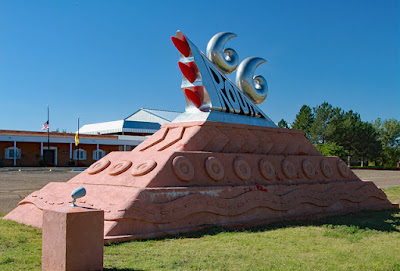

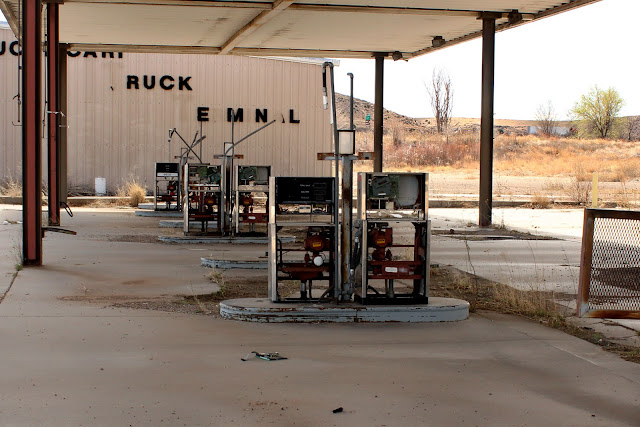
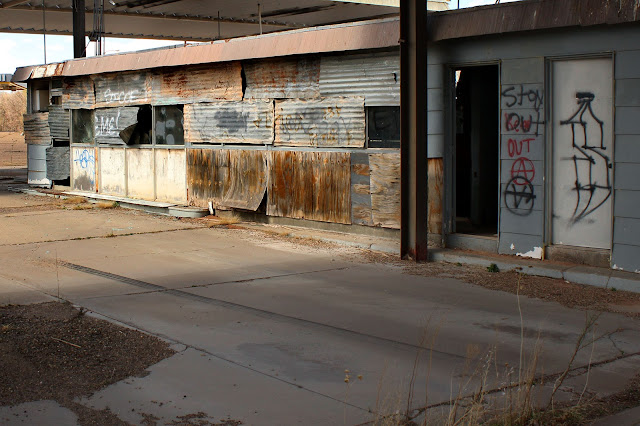


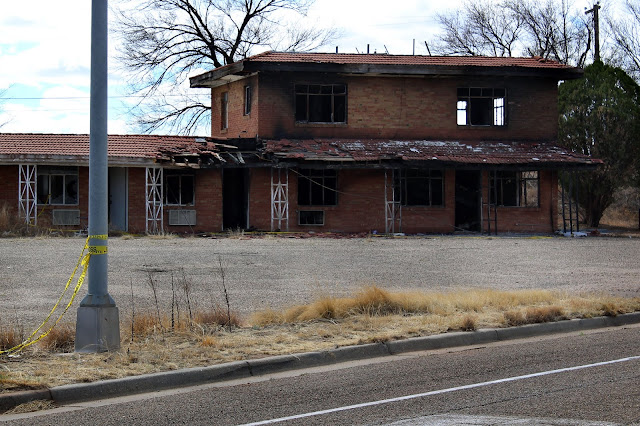
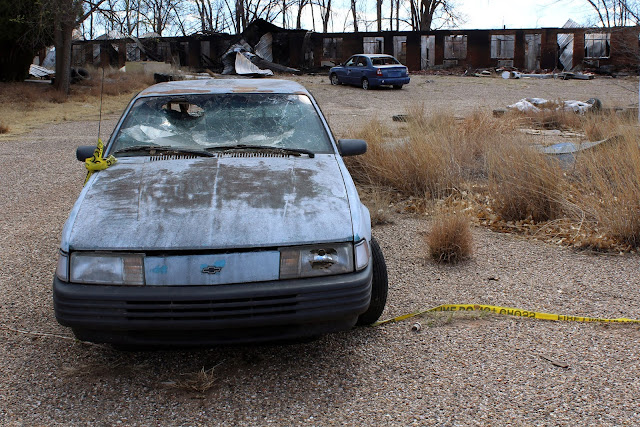
This was beautiful. I’ll always love reading about your adventures!!
ReplyDeleteThank you so much!
Delete